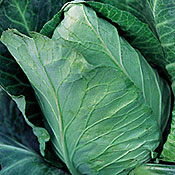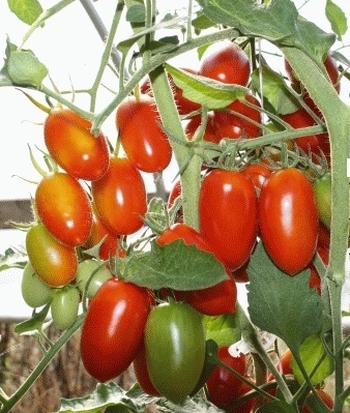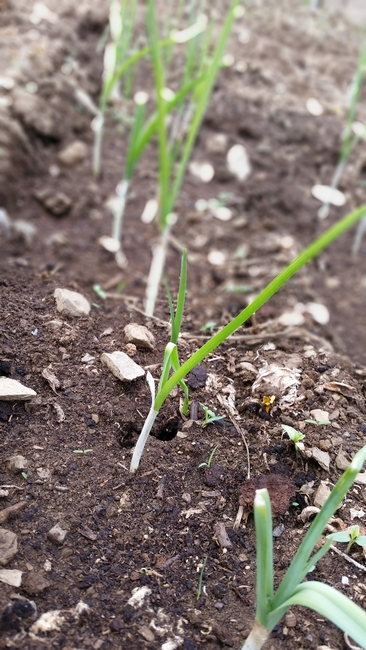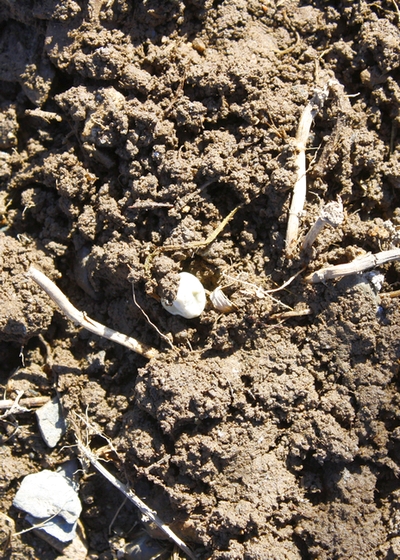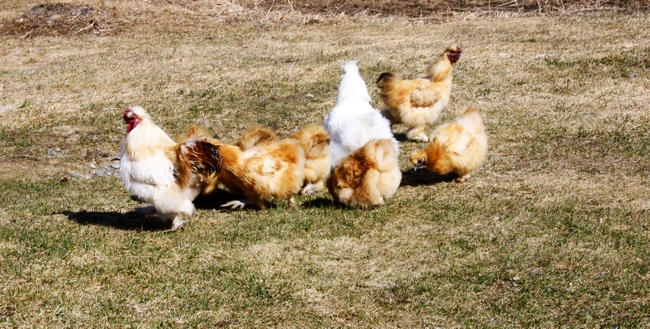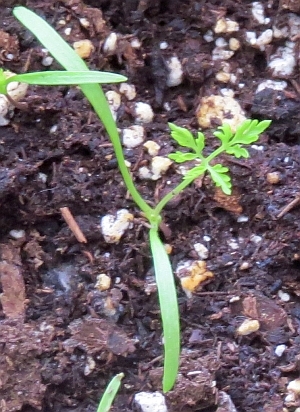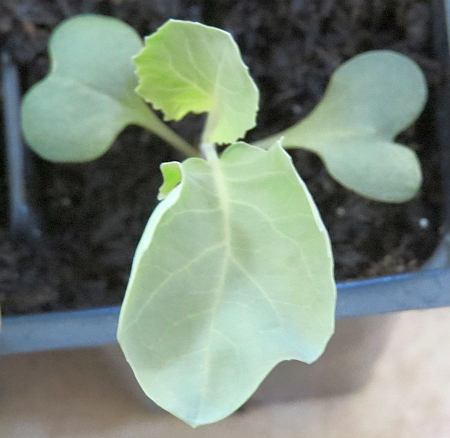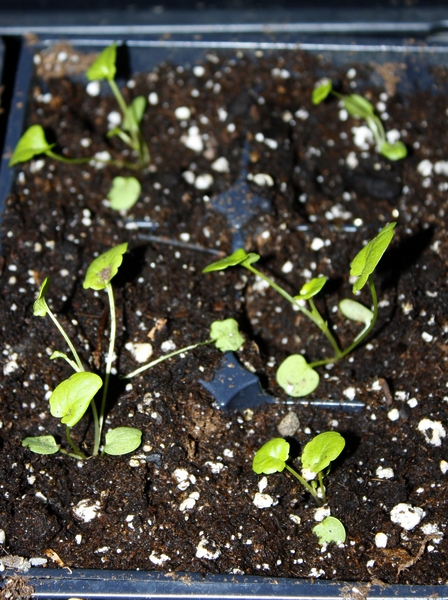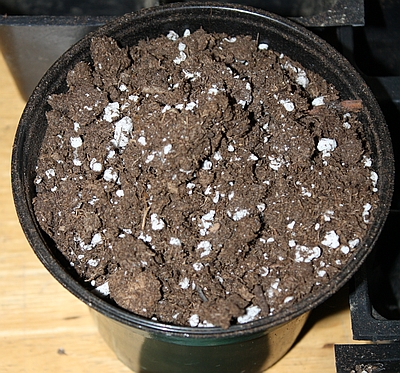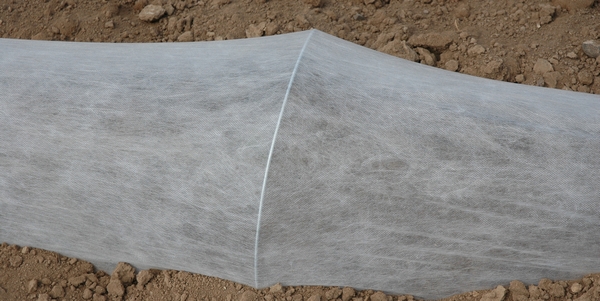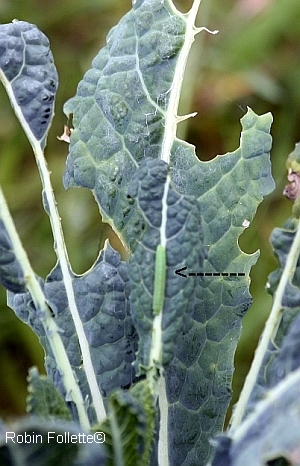Grocery shopping is expensive!
After leaving the grocery store yesterday morning, I sat in the car, a little disturbed and depressed. The expense of grocery shopping these days is astronomical. I came home determined to grow more of my own food. I’ll add to my container gardening and I’m thinking about what I can grow indoors in winter. Ugh! Grocery shopping is expensive!
It’s May and there’s fresh food available but not enough to put fresh vegetables on the table daily so I’m still shopping. It’s time to find the local farmers market in my new state.
- Cabbage: $1.29 a pound. I bought it because I’ve been craving coleslaw but it kind of hurt a little. grocery shopping is expensive
- Carrots: They are dry and many of them were cracked, and they’re .99 cents a pound. I moved on to the organic section and found nice carrots for $1.49 a pound. I’m sure this is less expensive per pound. They don’t have to be peeled because they are fresher, and because they aren’t overgrown and cracked. They’ll be great in the coleslaw.
- Broccoli: Soft and starting to flower. $1.99 a pound. The stems’ ends were dried out.
- Peas: $4 a pound. It takes about a pound of freshly picked peas to get one cup of peas after shelling. Who can afford to pay $4 a cup for peas? Oh my gosh, grocery shopping is expensive.
- Spinach. I looked at baby spinach with the thought of adding it to my salads and quiche (the hens are laying full force so I’m eating a lot of quiche). It was packaged in a plastic container. $9.09 per pound. I can buy a lot of spinach seeds for $9.00.
- Tomatoes: They’re not ripe here yet, and they weren’t in the grocery store either. They were so immature they were hard and what I consider inedible. Shipped in from Mexico and $1.79 a pound. grocery shopping is expensive
- Yellow summer squash. It’s a wonder I didn’t mutter out loud. $1.79 a pound.
Fresh from the garden this week, I have radishes, Swiss chard, baby beets and beet greens, lettuce, arugula, boc choi, the last of the tatsoi, and the green garlic. And eggs! Lots of eggs for protein. Fresh food is worth the effort, especially after my reminder that grocery shopping is expensive.

